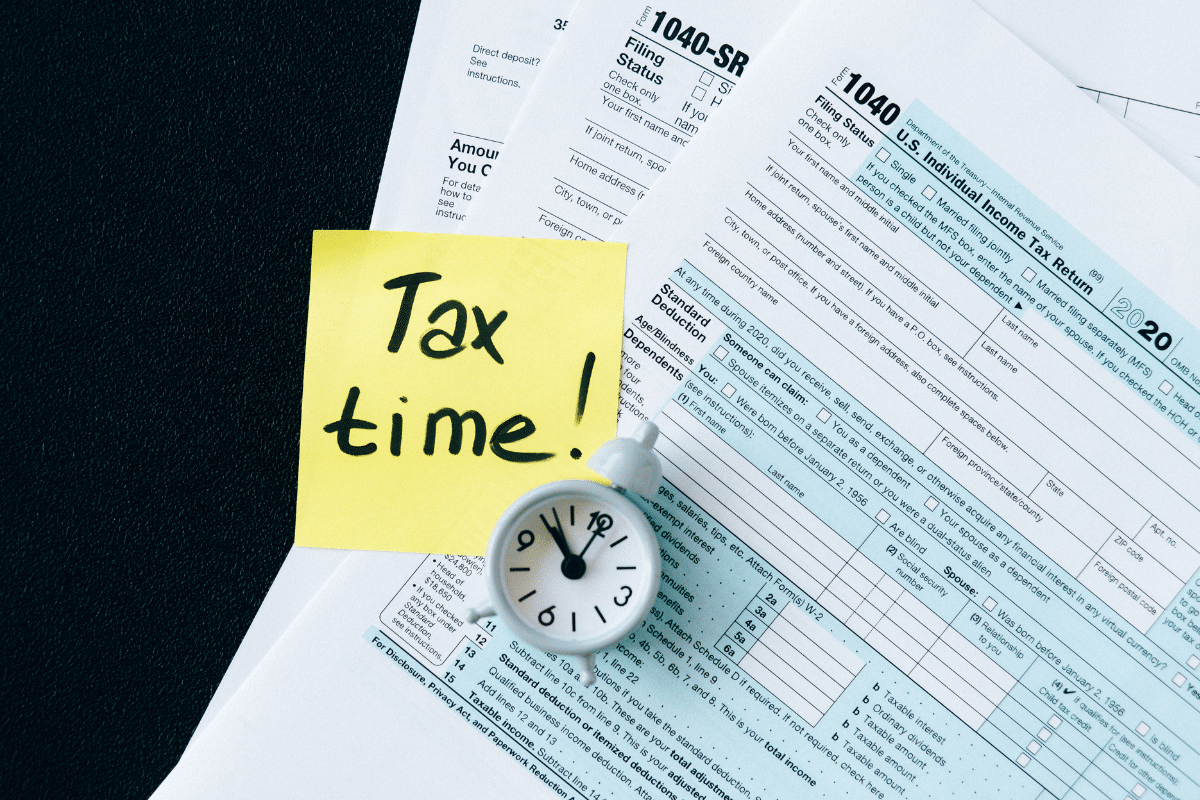Even if you have a long-term care insurance policy, you may likely be hoping that…

Working? You May be Eligible for This Tax Credit
Tax season has begun, with the filling deadline set for mid-April for most taxpayers. Working individuals may be unaware that they qualify for potential tax breaks. Many taxpayers who have a limited earned income overlook the Earned Income Tax Credit (EITC).
What Is EITC?
The Earned Income Tax Credit (EITC) lowers the amount you owe in federal taxes and could even mean you will receive a refund.
This tax break is in fact readily available. However, the Internal Revenue Service (IRS) states that many remain unaware of it. A significant number of those who qualify fail to claim the credit. As of tax year 2020, nearly 25 percent of qualifying taxpayers did not claim the EITC.
In fact, the IRS even observes an annual EITC Awareness Day in an effort to turn these numbers around. Each year in January, the IRS partners with organizations and legislators nationwide to spread awareness of this tax break.
As a Person with a Disability, am I Eligible for the Earned Income Tax Credit (EITC)?
Taxpayers who may benefit from the Earned Income Tax Credit include those with yearly earnings that fall under a certain limit. (See more information in the next section.)
The rules for qualifying for EITC can be somewhat complicated. Whether you are eligible depends not only on your earned income but other factors as well. These include your filing status and the size of your family.
You do not have to have a child to qualify for this tax break. However, any children you do claim on your tax return must meet certain criteria.
You also cannot have had more than $11,000 in investment income in 2023.
Note that the IRS does offer a free online calculator, the EITC Assistant, that can show you whether you can claim this tax credit.
What Is the EITC for Tax Year 2023?
Individuals who are not claiming any dependents must have earned $17,640 or less in 2023 to qualify for this tax credit. For married couples filing jointly with no qualifying dependents, this threshold is $24,210.
If you are an individual taxpayer claiming one dependent, you must have earned $46,560 or less. If filing jointly with one qualifying dependent, the earned income limit goes up to $53,120.
For more information and to view the complete EITC Table for tax year 2023, visit IRS’ EITC webpage. This resource will also show you the maximum amount of credit you can receive, depending on your situation. For example, with three or more qualifying children and a modest income, your credit could be as high as $7,430 for tax year 2023.
Keep in mind that the IRS generally cannot issue EITC refunds, under current law, until after mid-February.
Helpful Resources During Tax Season
Don’t forget that households earning less than $60,000 a year may also seek out free assistance with preparing their federal tax return. Volunteers run programs like the Volunteer Income Tax Assistance (VITA) Program. Read more about this and other forms of assistance in this article, and locate a Taxpayer Assistance Center office near you.
Other tax breaks may be available to you if you are living with a disability. If you aren’t sure what tax breaks you may qualify for, please do not hesitate to contact our office at 1 (800) 680-1717. We look forward to the opportunity to work with you.




This Post Has 0 Comments